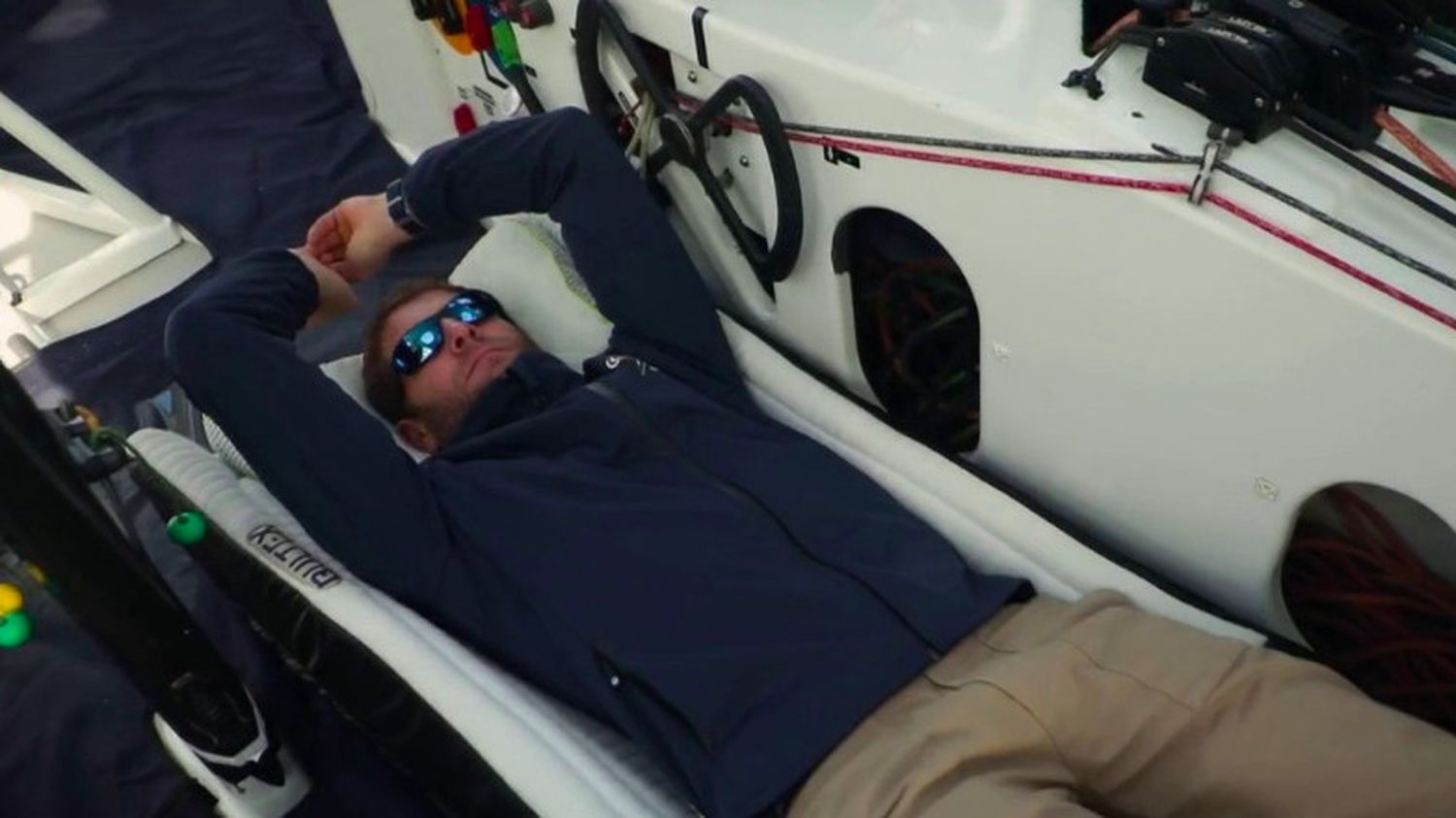Posted
Update
Article written by
Sunday, November 6, the skippers of the Route du Rhum will leave Saint-Malo, in Ille-et-Vilaine, direction Pointe-à-Pitre in Guadeloupe, on the other side of the Atlantic. A solitary race in which sleep is rare, but essential.
Launched at nearly 80 km/h on the ocean aboard a 32-meter-long maxi-trimaran, Charles Caudrelier, 48, is in full training for the Route du Rhum. Alone in the manoeuvre, day and night, he must stay awake so as not to slow down or capsize. Sleep deprivation that leads to hallucinations. “I felt like I was on a horse when I was steering and meandering through the trees. I was doing zigzags at the helm”, says the skipper. The eyes rarely close for more than 20 minutes, with the constant noise and light from the screens. For seven days on the Atlantic, Charles Caudrelier sails out of time. “We no longer know where we live, what we do, what day it is. We are completely lost“, he says.
To win, he learned how to manage his sleep with a medical specialist. In particular, he wears an actimeter on his wrist, a motion sensor that calculates his sleeper profile and optimizes his recovery time. The hardest part is falling asleep on command. To achieve this, Charles Caudrelier took up apnea to work on his breath and let go. On the Route du Rhum, the quality of sleep brings more than its quantity. The skipper will not sleep more than three hours a day, with adrenaline as his best ally.
